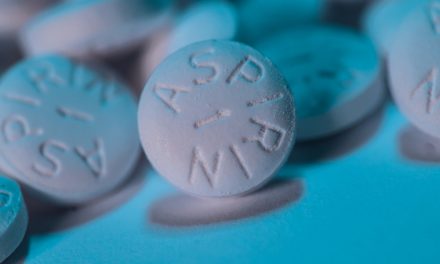https://youtu.be/JsRfXi6DfLc
Could the next big Superfood be already hiding in your kitchen, house or even your garage? According to scientists, the answer is that it is very possible. This is all coming from a study of the Diploptera punctata, or Pacific beetle cockroach.
From CNN:
“How about a little cockroach milk with those cookies? Chock full of protein, the insect milk may someday be transformed into a food supplement worthy of human consumption, new research indicates.”
This beetle cockroach gives birth to live young instead of laying eggs. A team of researchers from India, Japan, France, Canada, and the NIH here in the U.S. discovered that the mother’s milk secretions are quite impressive and a “fantastic” source of nutrition, as they contain “all the essential amino acids”. To quote one author of the study, which ran in the journal IUCrJ, “The crystals are like a complete food — they have proteins, fats, and sugars.”
The researchers also added that they are “very stable,” and the nutrients are released at a slow and steady flow, much like human milk is. It is being considered to be an “ideal protein supplement”. Best of all, if you are interested in this bug milk smoothie, researchers have found a way to express the proteins and grow them with a yeast-based system. They are stored in large batches and no bugs are harmed in the process.
This reminds me of all the times I’ve seen Bear Grylls munching on a variety of bugs when he is in survival mode. Most of us have heard him explain to us how the bugs he is munching on provide him with nutrients and protein and now science is validating that claim. I can tell you personally, I will not be seeking out this superfood. However, if just a small amount can provide a decent amount of nutrients, my guess is that there are many parts of the world that could benefit greatly from this discovery.
Source: CNN












